For more analysis download the Activity Evaluation report.
Activities
How the outcomes were achieved
- All activities
- New study options
- Additional Experiences
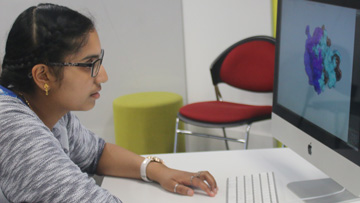 AMSPP collaboration
AMSPP collaboration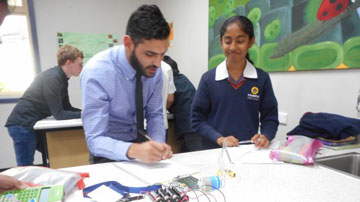 ASELL for Schools - Victorian Node
ASELL for Schools - Victorian Node Back to school
Back to school Communicating Science
Communicating Science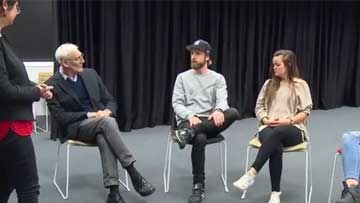 Contemporary Biology and Environmental Science In Education
Contemporary Biology and Environmental Science In Education Contemporary Science Schools Network
Contemporary Science Schools Network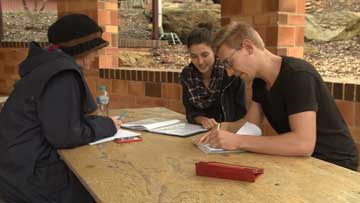 Discovery STEM initiative
Discovery STEM initiative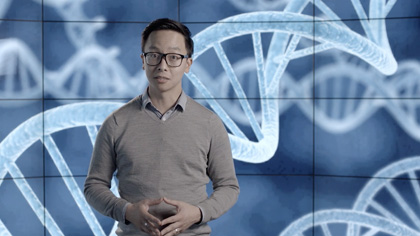 Maths videos
Maths videos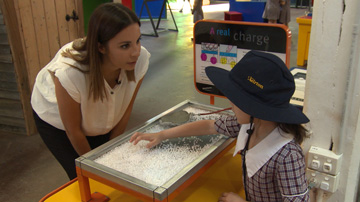 Multidisciplinary Science and Technology in Education collaboration
Multidisciplinary Science and Technology in Education collaboration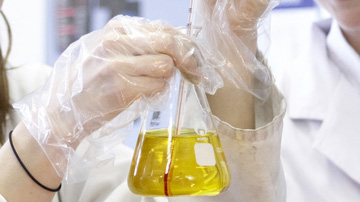 Reconceptualising Chemistry
Reconceptualising Chemistry Reconceptualising Rocks
Reconceptualising Rocks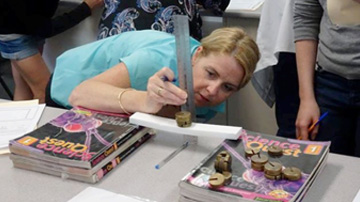 Representing scientific practice at the Institute for Frontier Materials
Representing scientific practice at the Institute for Frontier Materials Scientists as Partners in Education
Scientists as Partners in Education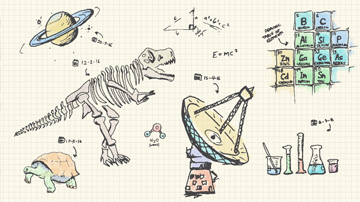 Science Squad
Science Squad
Discovery STEM initiative
A ReMSTEP funded pilot program, the La Trobe Discovery STEM Initiative, for Bendigo 2nd year Bachelor of Education (Primary) students, held at the Bendigo Discovery Science and Technology Centre in 2016.
Contact

Responds to ReMSTEP innovation(s):
Specialist science and technology centre collaborations.
Opportunities for students to interact with scientists in world-class research environments.
Key points
- 153 Pre-service teachers were involved, with 4 schools and, 875 students over 4 weeks.
- Changed the opinion of many of the PSTs from being adverse to teaching science to wanting to teach science in the future
- In some cases encouraged PSTs to change their speciality to science
As part of La Trobe’s Bachelor of Education (Primary), pre-service teachers (PSTs) are required to complete a unit on teaching science, based around the e5 pedagogies of teaching and the use of the Primary Connections workbooks. In 2016, in collaboration with ReMSTEP, this unit included the pilot program of the La Trobe Discovery STEM Initiative, aimed at increasing the science communication skills of the PSTs.
The Discovery STEM Initiative brought groups of 2–4 PSTs to the Bendigo Discovery Science and Technology Centre (DSTC), and partnered them with a primary school class from one of four local primary schools.
The activities that the PSTs conducted as a part of this project were;
- An introductory session at DSTC, to introduce the PSTs to DSTC and explain what was going to be done,
- Interactions and planning activities for each class with an in-service teacher from a local primary school,
- Planning and team teaching of an “Engage” lesson to a class of primary students in a classroom, in conjunction with the mentor teacher,
- Assisting and participating in an “Explore” workshop for the same primary school class at DSTC,
- Creation of a digital “Explain” lesson, to be taught after by the in-service teacher after the workshop, and
- Completion of a reflective journal for their formal assessment of the program.
The workshop, taught by DSTC staff, was created to complement the Primary Connections unit being taught at the local school.

The PSTs, primary school students and DSTC staff enjoyed the program, and thought it was a valuable partnership. PSTs recognised the value in using DSTC as a resource for teaching their students in the future. PSTs said they gained a knowledge of the Primary Connections units and the e5 model of teaching that they had not previously known about, and the local teachers saw new approaches to teaching science that they had not previously implemented in their own practice.
After seeing the scientist model the lesson on making slime … it would be quite simple to be able do that in a lesson on practicum in the future.
The PSTs also said that they found ‘science was easier to teach and more interesting than they have previously experienced,’ and that they would be more comfortable with teaching science in their own practice. Teachers also commented on the interest of their students with the topic material was much higher than what would normally have been achieved in the classroom.
These are techniques to really make people excited and inspired about science and technology.
Learn more
The e5 model
The purpose of the e5 Instructional Model is not to describe all the work that teachers do in the school but to demonstrate how teachers use what they know in the classroom.
Defining what high quality teaching and learning looks like in the classroom allows us to describe how teachers use what they know in their interactions with students.
The e5 Instructional Model emphasises what the teacher is doing, not what students are doing in the classroom or what students are capable of doing when they leave the classroom.
- Engage
- Develops shared norms
- Determines readiness for learning
- Establishes learning goals
- Develops metacognitive capacity
- Explore
- Prompts inquiry
- Structures inquiry
- Maintains session momentum
- Explain
- Presents new content
- Develops language and literacy
- Strengthens connections
- Elaborate
- Facilitates substantive conversation
- Cultivates higher order thinking
- Monitors progress
- Evaluate
- Assesses performance against standards
- Facilitates student self assessment
Footnotes:
Sign up to our mailing list to stay informed

 Engaging with practices of contemporary science
Engaging with practices of contemporary science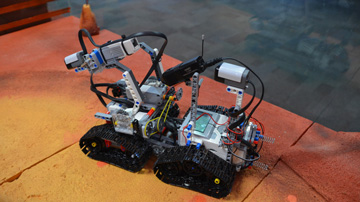 Inquiry science
Inquiry science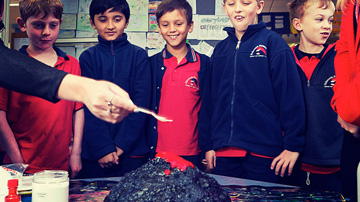 Schools science project
Schools science project Science in Schools
Science in Schools Science and mathematics specialist pathways
Science and mathematics specialist pathways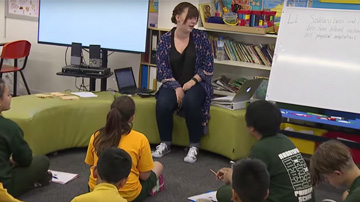 Science and Mathematics in the Classroom
Science and Mathematics in the Classroom